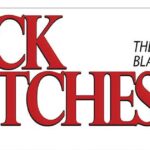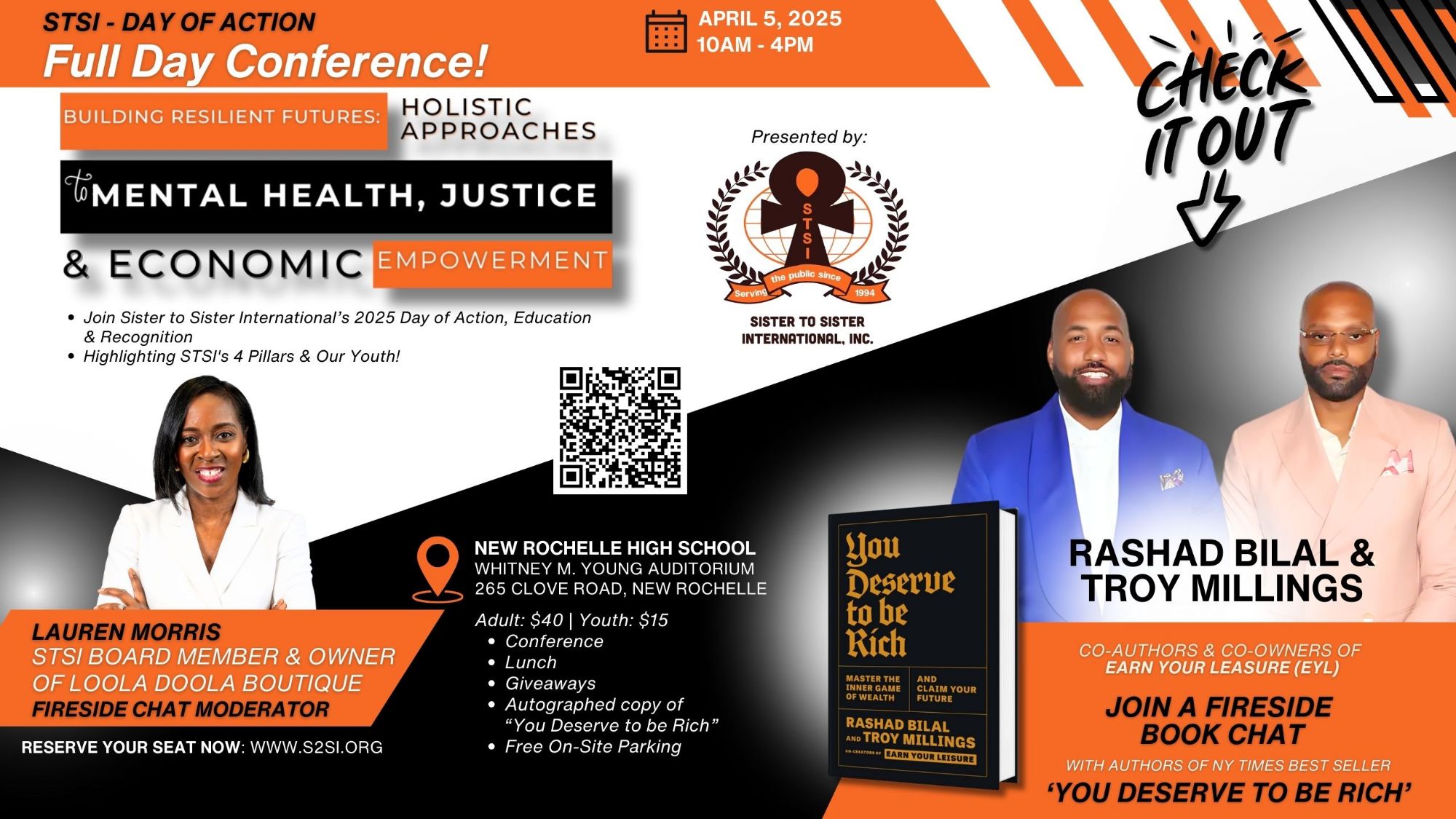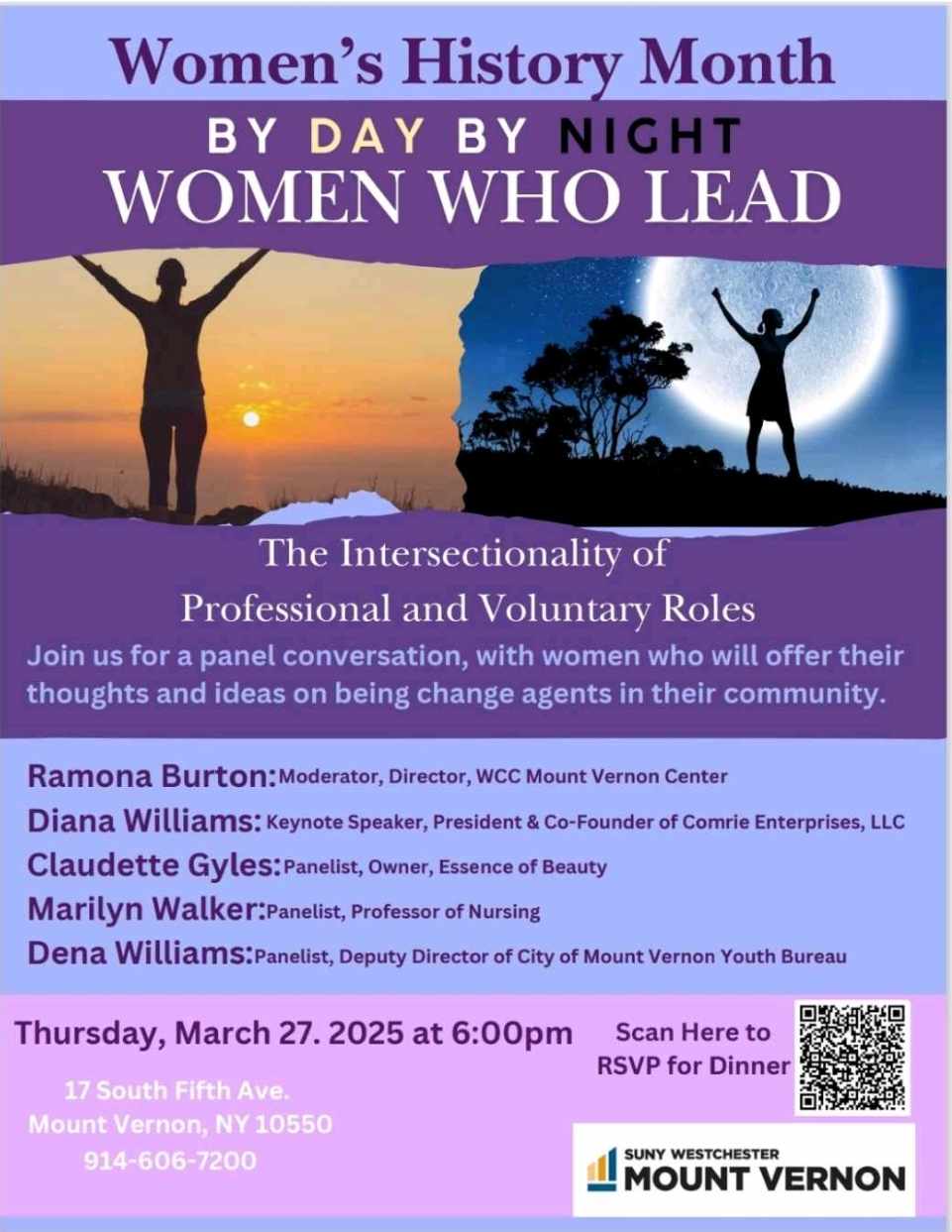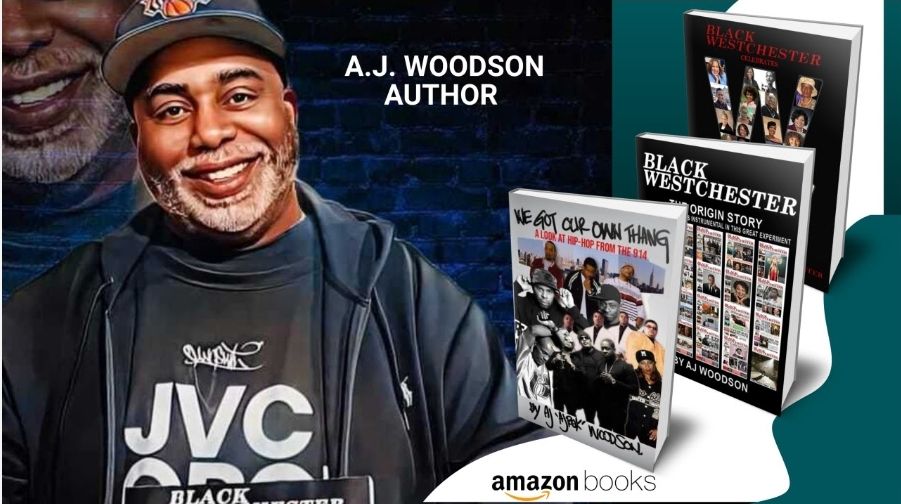In Mary Shelley’s classic novel, a creature is assembled from disparate parts, given life through unnatural means, and ultimately turns destructive to society and its creator. Today, we see a similar phenomenon in the “street ninja” archetype: a constructed image of Black urban masculinity that has become a modern cultural Frankenstein’s monster.
Let me be clear about our word choice in this analysis. Throughout these chapters, I use the term “street ninja” as a conscious substitute for a more inflammatory racial slur that has been weaponized, commodified, and twisted by white supremacy to degrade Black men. The original term – which I choose not to perpetuate – has been both a tool of oppression and, paradoxically, a marketed badge of “authenticity” in the very culture we’re critiquing.
The substitution of “ninja” isn’t meant to lighten the gravity of our discussion or sanitize the reality of what we’re addressing. Instead, it allows us to examine this cultural phenomenon without giving further power to a word that has been used to dehumanize generations of Black men while simultaneously being sold back to our community as something to embrace.
This linguistic choice also helps highlight the artificial nature of the stereotype we’re discussing. Just as a ninja is a constructed image – a character type that has been dramatized and commercialized in popular culture – so too is the “street” archetype we’re analyzing. Both are performances, costumes that can be put on and taken off, rather than authentic expressions of identity.
Credit must first be given to Dr. Wesley Muhammad, whose profound insight about ‘the street ninja being ‘Black America’s Frankenstein’ crystallized a truth I’ve witnessed over thirty-three years of working with Black men in the American justice system. His metaphor captured perfectly what I’ve observed across three generations: a manufactured identity that has consumed its creators and devoured its children. We must support and amplify these authentic Black voices, as they hold the key to dismantling this destructive stereotype.
For thirty-three years, I’ve sat across from young men who spoke of their dreams through the language of this manufactured culture. I’ve watched as each generation inherited an increasingly distorted version of Black masculinity, each more disconnected from authentic cultural roots than the last. Grandfathers, fathers, and sons – three generations cycling through the same system, each trying to live up to an image created not by their ancestors but by white-owned media conglomerates profiting from their destruction.
Like many who’ve spent decades in this work, I’ve watched the tragic transformation of young Black men trying desperately to embody an identity that was never authentically theirs. This “street ninja” persona – this cultural Frankenstein – wasn’t born in our communities. Still, in corporate boardrooms, record label offices, and media headquarters, they are overwhelmingly controlled by white executives who’ve never set foot in the neighborhoods they claim to represent.
Like its Gothic predecessor, this creation emerged from a laboratory of sorts – not one of the electrical experiments and stolen body parts but of systemic racism, media manipulation, and economic exploitation. The ‘street ninja’ stereotype, with its exaggerated performance of toughness, criminality, urban swagger, drug dealing, pimping, and glorified street life, represents a patchwork identity stitched together from fragments of broken cultural connections and imposed narratives. To truly dismantle this destructive stereotype, we must address the root causes of systemic racism and economic exploitation.
Perhaps the most insidious aspect of this cultural manipulation has been the role of white-owned media conglomerates and record labels. These corporate entities have systematically promoted and profited from the “street ninja” image, packaging urban violence and Black cultural dysfunction as entertainment for mass consumption. Major record labels, predominantly controlled by white executives, have poured millions into promoting artists who perpetuate these destructive stereotypes while often shelving or marginalizing those who present alternative positive narratives of Black life.
The cynical calculus is clear: trauma sells. These companies have turned the pain of broken communities into platinum records, monetizing the very stereotypes that continue to devastate Black families, all in the name of “keeping it real.” They’ve created a profitable feedback loop where young artists feel pressured to embrace and amplify these harmful narratives to secure record deals and media attention.
The parallels with Frankenstein are striking and sobering. Just as Dr. Frankenstein’s creature was denied its humanity and forced to exist on society’s margins, generations of young Black men have been pushed to the periphery through redlining, mass incarceration, and educational inequality. The monster that emerged – this hypermasculine, often violent stereotype – is not a natural expression of Black manhood but rather a response to systematic dehumanization.
What’s particularly troubling is how this glorification continues even as its devastating effects become increasingly apparent. Generations of Black families have been torn apart, communities have been destabilized, and these destructive narratives have shaped young minds. Yet the machine keeps running:
- Record labels continue to push the same harmful images.
- Media companies continue to sensationalize Black violence.
- Predominantly white audiences continue to consume this content from a safe distance.
The most tragic parallel lies in how this construct, like Frankenstein’s monster, ultimately turns destructive to its community. Young Black men may feel pressured to embody this stereotype, perpetuating cycles of violence and disconnection. The image becomes a self-fulfilling prophecy, offering limited scripts for Black male identity and behavior.
But unlike Shelley’s monster, this creation isn’t fiction. Real lives are at stake. Real communities bear the generational trauma of this cultural manipulation. The “street ninja” stereotype has become a tool for justifying police brutality, perpetuating educational inequality, and maintaining systemic barriers to economic advancement.
The political exploitation of the “street ninja” reached perhaps its most naked expression in the 1990s when Hillary Clinton infamously branded young Black men as “superpredators” who needed to be “brought to heel.” This wasn’t just a rhetorical flourish – it was calculated political theater that helped justify the 1994 Crime Bill, flooding our communities with more police while filling prisons with the very “monsters” that white supremacy had created. The bitter irony is that the same political establishment that helped record labels and media conglomerates profit from glorifying “street” culture then turned around and criminalized the young men who embodied it.
Clinton’s “superpredator” speech perfectly encapsulates the cynical political playbook: demonize the symptoms while ignoring the disease. Politicians wrung their hands about “gang culture” and “urban violence” while actively supporting policies that devastated Black communities – from underfunding schools to allowing predatory lending, from encouraging mass incarceration to ignoring systemic discrimination in employment. They passed “tough on crime” laws while disregarding the white-owned media empires getting rich off selling “thug life” to suburban teenagers.
The “street ninja” serves these politicians perfectly – a convenient threat when they need to scare suburban voters and a convenient victim when they need to show concern for urban issues. Yet their solutions consistently focus on containing the monster rather than examining who created it and why. They’ll fund police departments but not community centers, build prisons but not schools, and pass sentencing laws but not economic development initiatives. The political establishment needs the “street ninja” to remain fearsome, needs the cycle of violence to continue, and needs the broken families and lost youth – because without these crises, what would they campaign on?
Meanwhile, the same power structures that profit from creating and promoting “street” culture through media and music – overwhelmingly white-owned and controlled – fund these politicians’ campaigns. It’s a perfect circle of exploitation: create the monster, profit from the beast, criminalize it, profit from the criminalization, and repeat. From the record executive’s office to the campaign trail to the prison cell, the cycle continues unbroken, claiming generation after generation of Black men while enriching those who built the system.
The most devastating part? This political theater works precisely because it never addresses root causes. Real solutions would require acknowledging the deliberate role of white supremacy in creating and maintaining these conditions. It would mean confronting how political policies, media manipulation, and economic exploitation work together to keep Black communities trapped in cycles of trauma. Instead, politicians – both Democrat and Republican – find it more convenient to manage the crisis they helped create, ensuring they’ll always have their reliable boogeyman for the next campaign season.
Even our spiritual guardians fell victim to this calculated deception. Black preachers and clergy members, who should have been at the forefront of addressing the root causes, instead became unwitting accomplices in the system’s perpetuation. From their pulpits, they called for more policing, more onerous laws, and stricter enforcement – treating the symptoms while ignoring the disease. These religious leaders, despite their good intentions, failed to recognize how they were being manipulated to support the very system destroying their congregations. Their churches sit in communities that now resemble war zones – blocks of abandoned buildings, closed businesses, and corners claimed by the very “street ninjas” their prayers and policies failed to prevent.
The path forward requires acknowledging this cultural Frankenstein for what it is: not a natural expression of Black identity or Black manhood but a construct born from centuries of systematic oppression and corporate exploitation. It requires supporting authentic Black voices and stories that challenge this stereotype. Most importantly, it demands addressing the systemic conditions that continue to give this monster life, including the media and music industry structures that profit from perpetuating these harmful narratives.
The “street ninja” may be Black America’s Frankenstein, but unlike Shelley’s tale, we can write a different ending. Through conscious resistance, community rebuilding, and systemic change, we can dismantle this destructive construct and create space for more authentic, diverse expressions of Black male identity.
After all, the monster was never the real villain in Frankenstein—society created the conditions for its existence. The same holds today in our communities. The young men who embody the “street ninja” stereotype are not our enemy; they are the products of a carefully engineered system of cultural and economic warfare. To demonize them is to fall into the very trap white supremacy set for us—blaming the creation while ignoring the creator.
But this work matters only if we simultaneously expose and dismantle the systems that profit from manufacturing broken men. We must find a way to mentor our way out of a problem funded with billions of corporate dollars. We cannot pray away a cultural virus injected into our communities through every media platform. We cannot heal wounds that are being deliberately reopened for profit.
The survival of the Black male isn’t just about saving individuals—it’s about preserving the future of our entire community. When we lose a young man to this manufactured identity, we don’t just lose him; we lose future fathers, husbands, leaders, and builders. We lose the stability that comes from healthy families, the progress that comes from generational wealth building, and the strength that comes from unified communities.
Our very survival as a people depends on our ability to recognize, resist, and dismantle this cultural warfare. The Black family, the foundation of our community’s strength and resilience, cannot withstand another generation of engineered destruction. The time has come to name this poison for what it is and to finally confront those who profit from dispensing it.










